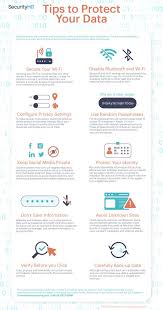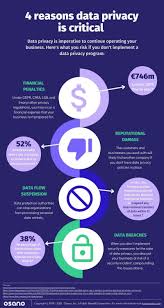DIGITAL LITERACY
Section outline
-
DIGITAL LITERACY
UNIT CODE: IT/CU/ICT/BC/3/6/A
Relationship to Occupational Standards
This unit addresses the Unit of Competency: Demonstrate digital literacy
Duration of Unit: 60 hours
Unit Description
This unit describes competencies required to use a computer and other digital devices for the purposes of communication, work performance and management at the workplace.
Summary of Learning Outcomes
1. Identify computer software and hardware
2. Apply security measures to data, hardware, software in automated environment
3. Apply computer software in solving tasks
4. Apply internet and email in communication at workplace
5. Apply desktop publishing in official assignments
6. Prepare presentation packages
Assessment.
In this course, learners will be expected to attempt quizzes and examinations. Marks will be awarded after every attempt.
Trainer.
The following are the course trainers and their contacts.
Name: Clinton Kinyua.
Role: Trainer.
Contact: 0759580393.
-
-
1.
Define Your Audience and Goal:- Who are you presenting to? (Colleagues, clients, students)
- What is the purpose of your presentation? (Inform, persuade, generate discussion)
2. Craft Your Content:
- Develop a clear and concise message.
- Organize your content logically with a strong introduction, body, and conclusion.
- Use bullet points, short sentences, and active voice for easy understanding.
- Incorporate data, statistics, or quotes to support your points.
3. Choose Your Presentation Software:
- Popular options include Microsoft PowerPoint, Google Slides, Apple Keynote, and Prezi.
- Consider factors like collaboration needs, design preferences, and budget.
4. Design Your Slides:
- Use a consistent and professional template.
- Limit text on slides and use large, easy-to-read fonts.
- Incorporate high-quality visuals like images, charts, and graphs.
- Maintain a clean and uncluttered layout.
5. Practice and Refine:
- Rehearse your presentation out loud to ensure smooth delivery.
- Time yourself to stay within the allotted time.
- Get feedback and refine your content and delivery based on suggestions.
Additional Tips:
- Tell a story to engage your audience.
- Use transitions and animations sparingly to avoid distraction.
- Prepare for questions and have clear answers ready.
- Consider using presenter notes for additional details.
- Save your presentation in a compatible format for easy sharing.
Tools and Resources:
- Online tutorials and templates for popular presentation software.
- Stock photo and icon libraries for high-quality visuals.
- Presentation design best practices and tips websites.
-


